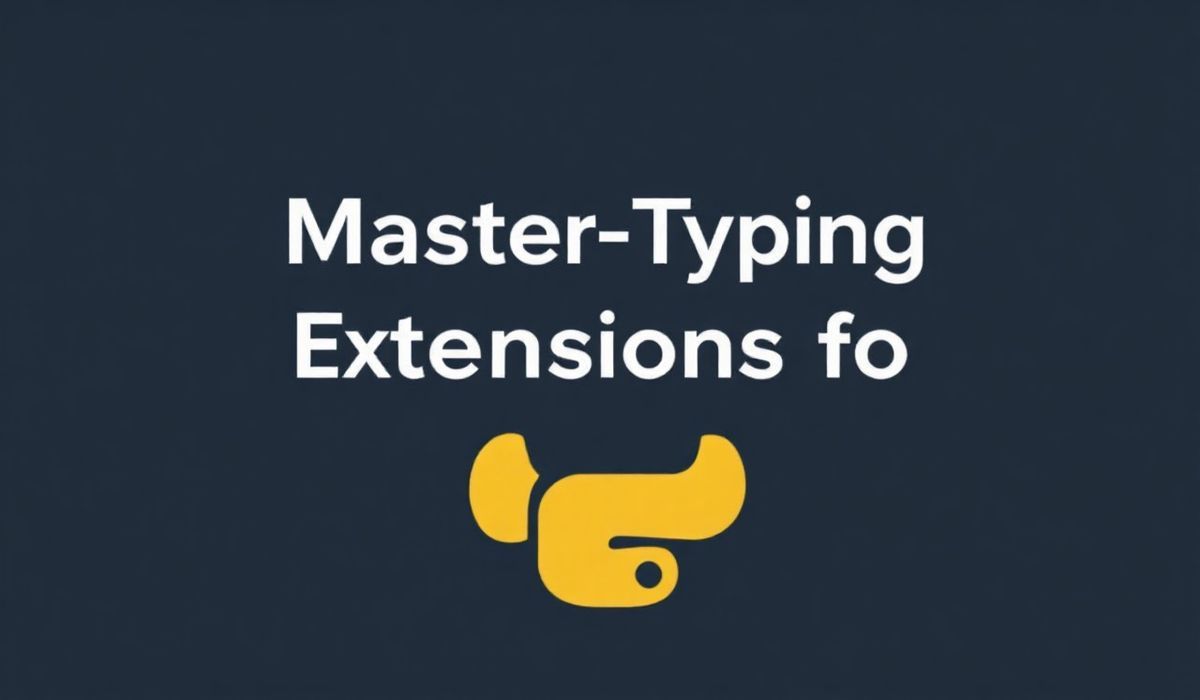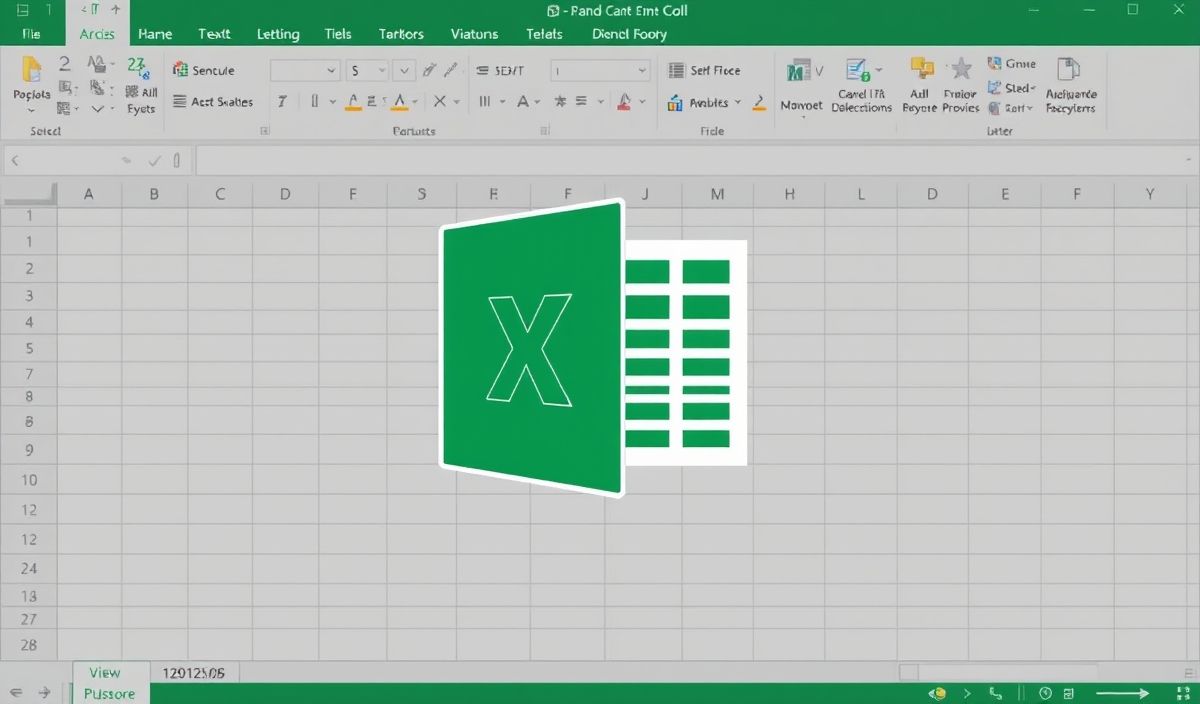Welcome to the Comprehensive Guide to Cascadia API
Cascadia is a versatile and powerful framework for building web applications. In this guide, we will introduce Cascadia’s capabilities and showcase dozens of useful API explanations with code snippets. By the end, you’ll have a thorough understanding of how to leverage Cascadia for your web development projects.
Getting Started
First, let’s set up Cascadia. You can install it via npm:
npm install cascadia
Basic Usage
Let’s start with a basic example of creating a Cascadia application:
const cascadia = require('cascadia');
const app = cascadia();
app.get('/', (req, res) => {
res.send('Hello, world!');
});
app.listen(3000, () => {
console.log('Server is running on port 3000');
});
Routing
Cascadia provides an easy way to handle routing. Here are some examples:
app.get('/about', (req, res) => {
res.send('About Us');
});
app.post('/api/data', (req, res) => {
res.json({ data: 'Sample Data' });
});
app.put('/api/update/:id', (req, res) => {
res.json({ id: req.params.id, status: 'Updated' });
});
app.delete('/api/delete/:id', (req, res) => {
res.json({ id: req.params.id, status: 'Deleted' });
});
Middleware
Middleware functions are an essential part of Cascadia. They can perform various operations on the request and response objects. Here is an example:
const logRequest = (req, res, next) => {
console.log(`${req.method} ${req.url}`);
next();
};
app.use(logRequest);
app.get('/', (req, res) => {
res.send('Hello, world with logging!');
});
Handling Errors
Error handling is crucial for robust applications. Here’s how to handle errors in Cascadia:
app.use((err, req, res, next) => {
console.error(err.stack);
res.status(500).send('Something broke!');
});
Advanced Features
Cascadia offers advanced features like template rendering, database connections, and more. Here’s an example integrating a database using MongoDB:
const mongoose = require('mongoose');
mongoose.connect('mongodb://localhost:27017/myapp', { useNewUrlParser: true, useUnifiedTopology: true });
const User = mongoose.model('User', new mongoose.Schema({
name: String,
email: String,
}));
app.get('/users', async (req, res) => {
const users = await User.find();
res.json(users);
});
Building an Example App
Let’s put everything together to build a simple To-Do application.
const cascadia = require('cascadia');
const mongoose = require('mongoose');
const app = cascadia();
mongoose.connect('mongodb://localhost:27017/todoapp', { useNewUrlParser: true, useUnifiedTopology: true });
const Task = mongoose.model('Task', new mongoose.Schema({
title: String,
completed: Boolean,
}));
app.get('/tasks', async (req, res) => {
const tasks = await Task.find();
res.json(tasks);
});
app.post('/tasks', async (req, res) => {
const task = new Task(req.body);
await task.save();
res.json(task);
});
app.put('/tasks/:id', async (req, res) => {
const task = await Task.findByIdAndUpdate(req.params.id, req.body, { new: true });
res.json(task);
});
app.delete('/tasks/:id', async (req, res) => {
await Task.findByIdAndDelete(req.params.id);
res.json({ status: 'Task deleted' });
});
app.listen(3000, () => {
console.log('To-Do app is running on port 3000');
});
And there you have it—a fully functional To-Do application using Cascadia!
Hash: f1e7e250a6b373d52a2b55eee8dd95192632a2c8c5949c06cc75717e5e6b7b99




